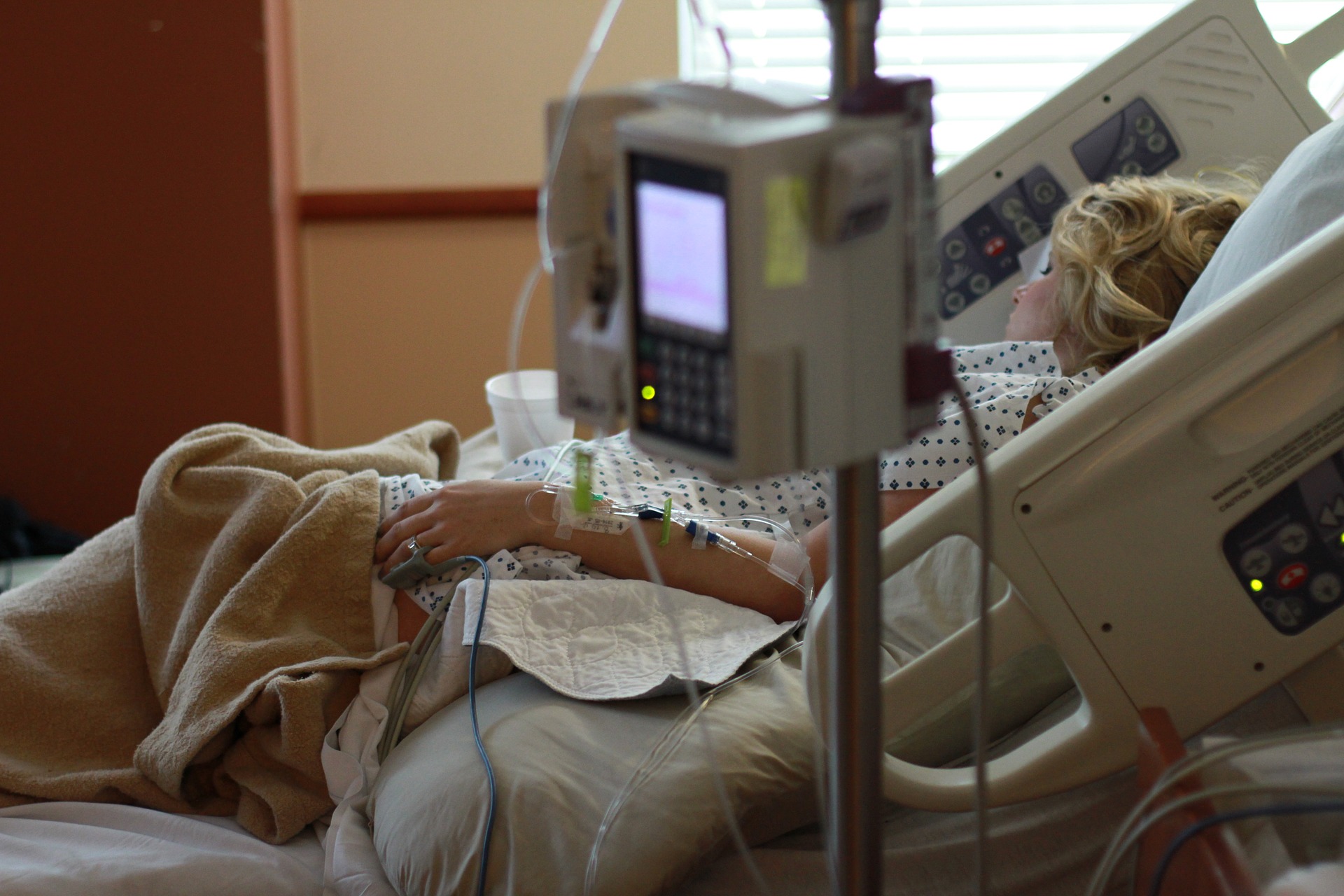Dumville, S. C., Cullum, J.C., Rhodes, N., Jammali-Blasi,S. & McInnes, A. | 2021 | Alternating pressure (active) air surfaces for preventing pressure ulcers| Cochrane Database of Systematic Reviews | Issue 5 | Art. No.: CD013620. DOI: 10.1002/14651858.CD013620.pub2. Accessed 23 June 2021.
This systematic review was guided by the following question: Do beds, mattresses and mattress toppers with air‐filled surfaces that regularly redistribute pressure under the body prevent pressure ulcers? The reviewers included 32 studies (n equal to 9058 participants) in this review. Most studies were small (median study sample size: 83 participants). The average age of participants ranged from 37.2 to 87.0 years (median: 69.1 years). Participants were largely from acute care settings (including accident and emergency departments)
Key messages
Beds, mattresses and mattress toppers that regularly redistribute pressure under the body may reduce the chance of pressure ulcers developing when compared with surfaces that:
‐ apply a constant pressure to the skin; and
‐ are made of foam or gel.
However, they may increase the risk of pressure ulcers developing among nursing home residents when compared with air surfaces that apply constant pressure.
More research is needed to strengthen the evidence that compares air‐filled and other surfaces. Future studies should focus on effects that are important to decision‐makers, including:
‐ whether and when pressure ulcers develop;
‐ unwanted effects; and
‐ costs.
What are pressure ulcers?
Pressure ulcers are also known as pressure sores or bed sores. They are wounds to the skin and underlying tissue caused by prolonged pressure or rubbing. They often occur on bony parts of the body, such as heels, elbows, hips and the bottom of the spine. People who have mobility problems or who lie in bed for long periods are at risk of developing pressure ulcers.
What did we want to find out?
There are beds, mattresses and mattress toppers specifically designed for people at risk of pressure ulcers. These can be made of a range of materials (such as foam, air cells or water bags) and are divided into two groups:
‐ reactive (static) surfaces that apply a constant pressure to the skin, unless a person moves or is repositioned; and
‐ active (alternating pressure) surfaces that regularly redistribute the pressure under the body.
We wanted to find out if active, air‐filled surfaces:
‐ prevent pressure ulcers;
‐ are comfortable and improve people’s quality of life;
‐ have health benefits that outweigh their costs (cost‐effectiveness); and
‐ have any unwanted effects.
What did we do?
We searched the medical literature for studies that evaluated the effects of beds, mattresses and mattress toppers with an active, air‐filled surface. We compared and summarised their results, and rated our confidence in the evidence, based on factors such as study methods and sizes.
What did we find?
We found 32 studies (9058 people, average age: 69 years) that lasted between three and 180 days (average: 14 days). The studies compared active, air‐filled surfaces with:
‐ foam, fibre, water‐filled or gel surfaces; and
‐ other air‐filled surfaces.
Pressure ulcer prevention
The evidence suggests that active, air‐filled surfaces may reduce the risk of pressure ulcers developing when compared with:
‐ foam surfaces;
‐ gel surfaces used on operating tables followed by foam surfaces used on hospitals beds, for people who undergo surgery.
However, active, air‐filled surfaces may increase the risk of pressure ulcers developing when compared with reactive air surfaces (1 study, 308 nursing home residents, duration: 14 days).
It is unclear if active air‐filled surfaces prevent pressure ulcers compared with surfaces other than reactive foam, gel or air‐filled surfaces.
The type of active, air‐filled surface used may make little to no difference for preventing pressure ulcers.
Other effects
Active, air‐filled surfaces are probably more cost‐effective than foam. Mattresses with an active, air‐filled surface are probably more cost‐effective than mattress toppers with the same surface.
We did not find sufficiently robust and clear evidence to determine how active, air‐filled surfaces affect comfort, quality of life and unwanted effects.
What limited our confidence in the evidence?
Most studies were small (83 people on average) and more than two‐thirds of them (25) used methods likely to introduce errors in their results.
Alternating pressure (active) air surfaces for preventing pressure ulcers



